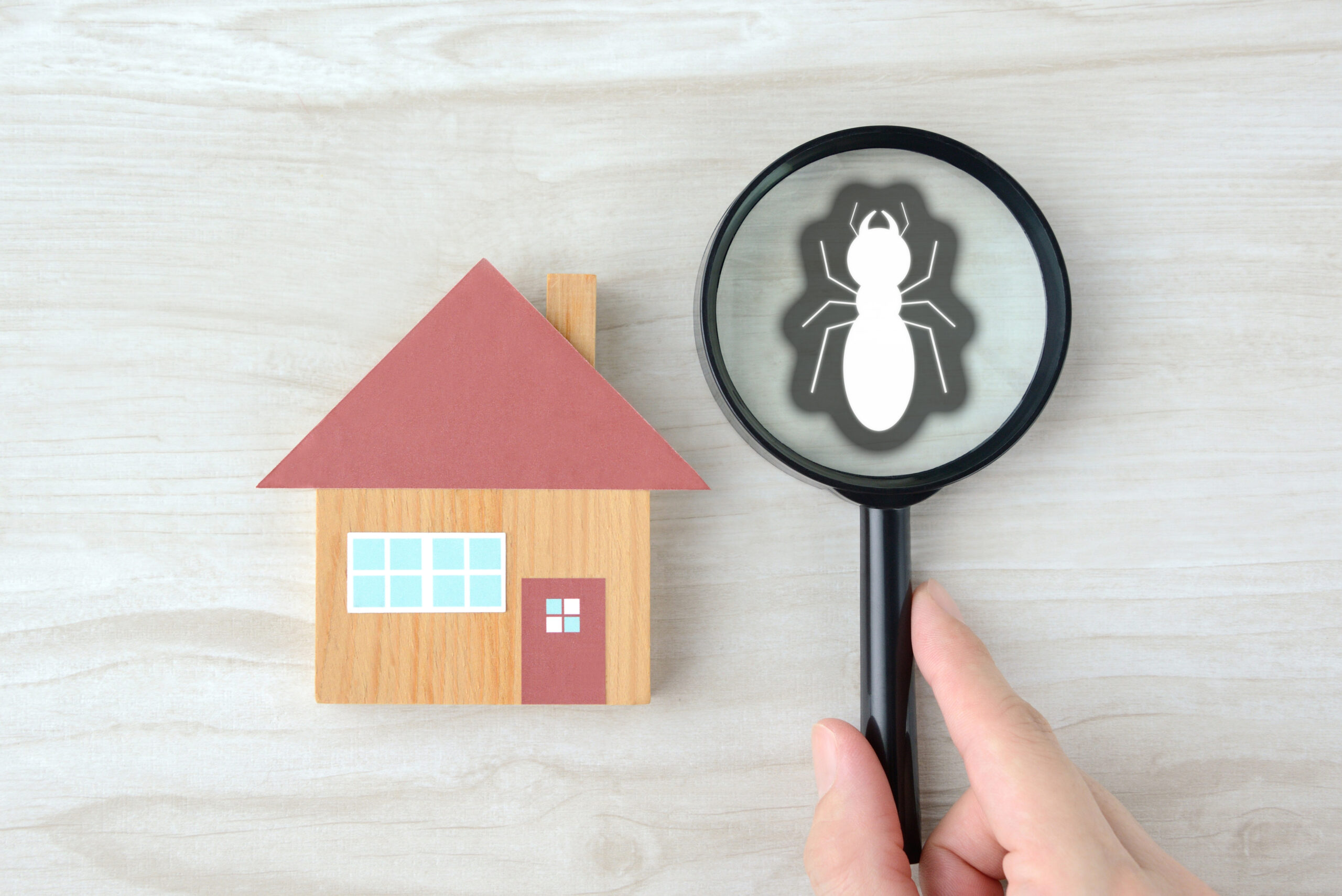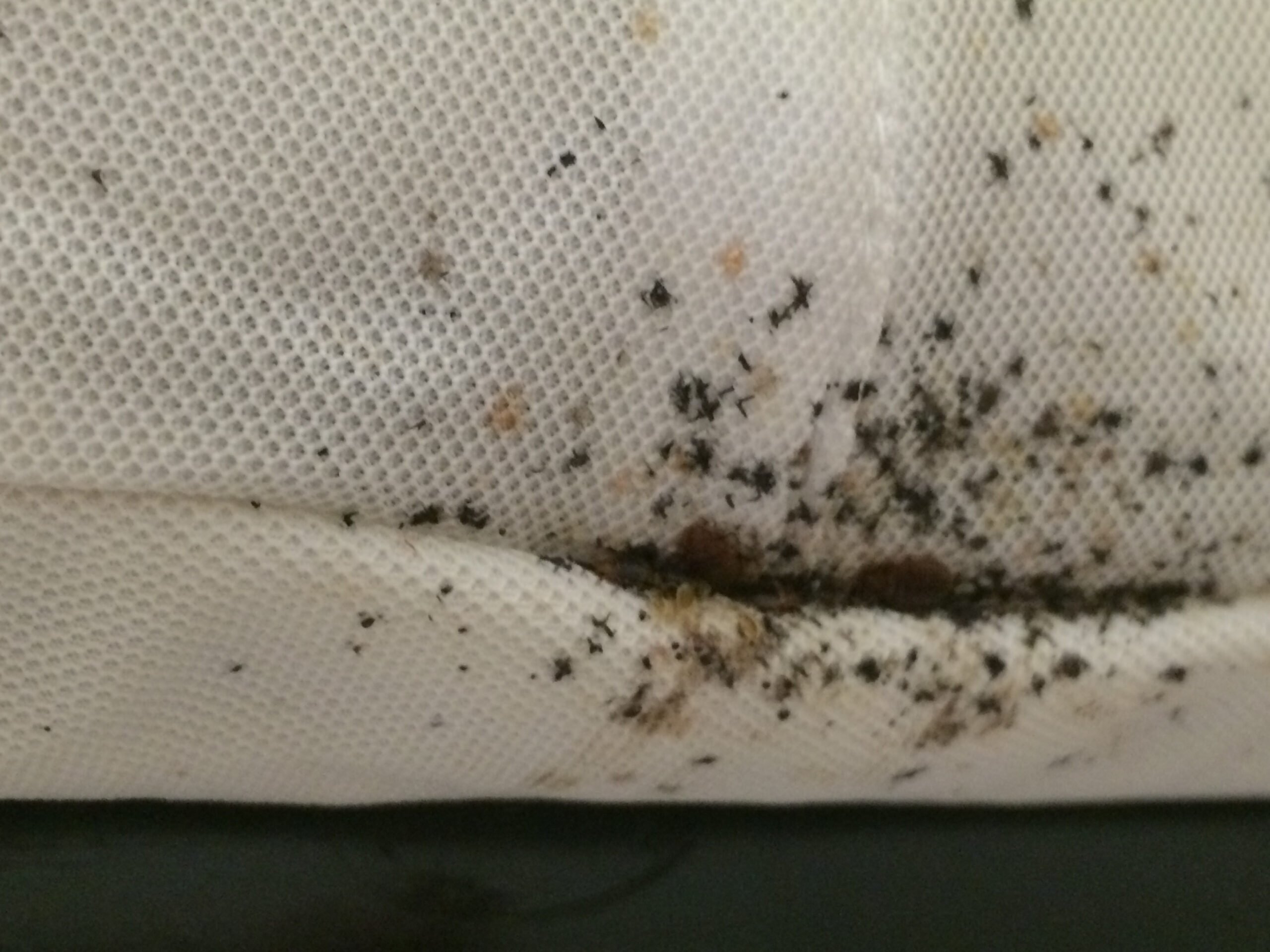Did you know that spider season is during the early days of autumn? With fall knocking on our doors in Northwest Ohio and Southeast Michigan, it’s highly likely you will come across a spider or two in your home or around your business. The spider webs of fall aren’t just cool Halloween decorations, especially if you are afraid of spiders; those webs create a home and meal for these creepy crawly critters. Let’s review some of the most common house spiders you may find taking residence in your home late summer and early fall.
Why are House Spiders More Common in the Fall?
Spiders come out more in the autumn because they are in search of a mate and that mate may be living in your home.
According to School of Bugs, female spiders are known to stay in one place all their lives. Their elaborate webs provide food and shelter for them. And a lot of times, they make their homes inside of our homes. Males, on the other hand, are always wandering. During the mating season, they go searching for females to mate with. This brings them straight into your home, where the females are waiting. That’s why you see many more spiders during the fall months.
Male spiders don’t usually make webs, since they are always traveling. In some species, building a mating web is necessary to get a mate. This is why, during mating season, you will find extra webs all over the place.
What are the Most Common House Spiders?
Spiders are air-breathing arthropods that have eight legs, chelicerae with fangs generally able to inject venom, and spinnerets that extrude silk. There are more than 45,000 known species of spiders found in habitats all over the world. Currently, around 700 spider species can be found in Ohio and Michigan. So, what are the most common spiders to find their way into our homes and businesses?
- Common House Spider: The name of this one kind of gives away where you are likely to find it. Commonly found but uncommonly colored, showing up in grey and tan, yellowish, black and red, these window dwellers produce teardrop-shaped egg cases. If you have noticed dirty cobwebs in the corners of your walls, they very well could have been left by a common house spider. Common house spiders choose web locations at random and will readily abandon their web to build one elsewhere if their chosen spot does not result in a meal. These spiders are harmless to humans.
- Jumping Spider: There are a variety of jumping spider species. Jumping spiders are hunting spiders that are capable of jumping up to six inches, depending on the species. These spiders commonly wander into homes but can also be carried in on firewood or plants. Many jumping spiders have red or white markings on their abdomens and can be confused for black widows. Jumping spiders; however, are not dangerous and are actually beneficial, as they enjoy hunting and pouncing on nuisance insects (the spruce).
- Black Widow: The southern black widow (Latrodectus mactans) and the northern black widow (Latrodectus variolus) are both found in Ohio and Michigan. Female widow spiders are usually shiny and black, with a red hourglass symbol on their abdomen. Male widows are smaller and lighter in color, with marks on their abdomen that are either orange or red outlined in white. You will want to stay away from these spiders; the bite of a widow spider isn’t exceptionally painful when it happens, but within hours, the venom can cause the victim to suffer from muscle spasms and cramps.
- Brown Recluse: The brown recluse spider is one of the most feared spiders in the US. As the name “recluse” suggests, these are relatively shy spiders. You can distinguish a recluse spider by their pale brown to reddish-brown color, and their distinct long, thin, wide-spread legs that enable them to move forwards, backwards, and sideways. Unlike most other spiders, recluse spiders only have six eyes, as opposed to eight. Their bite can kill several inches of tissue in humans and be very dangerous. Typically, the brown recluse can be found in basements or storage areas, but it also has been known to venture into clothing or folded towels. Disturbing it in any way can prompt a bite.
- Wolf Spider: Frequently confused with tarantulas, wolf spiders are large, hairy hunting spiders that do not construct webs but instead spend their lives running from place to place seeking out food sources. Rather than spinning a web for its prey to get caught in, the wolf spider patiently waits for its prey to pass by before lunging on it. Colored brown, grey, and black to perfectly camouflage into the leaf litter where it likes to hide, the wolf spider can be incredibly hard to spot. These spiders are very common in Ohio and Michigan and they are typically found in forests and fields, but can occasionally wander into the home.
Okay, we will stop giving you the heebie jeebies. We have reviewed the most common house spiders in Ohio and Michigan, but keep in mind, other spiders may still make their way inside your home or business.
The last thing you want to find in your home or business is a spider, let alone one of the poisonous spiders of Northwest Ohio and Southeast Michigan. While spiders and webs may make for great decorations, very few people actually want to find real ones in their home or business,
At Delving Pest Control, we offer a range of discreet home pest control services to help you achieve the results you’re after. From creepy crawly critters, to stinging bees and wasps, and even rodents, Delving is here.








